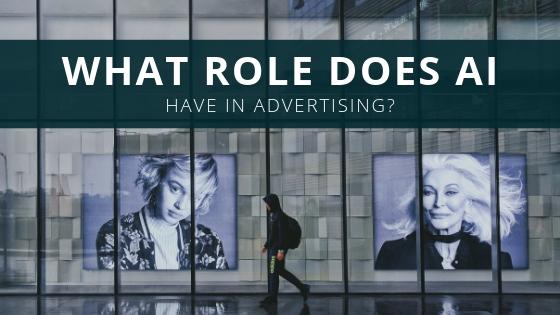Artificial intelligence is taking the world by storm. While sci-fi stories have long seen artificial intelligence in its most extreme forms – as either a threat to humanity or a means to eliminate labor entirely – the truth is somewhat more complicated. Artificial intelligence is making it easier to gather and process information that would otherwise be unassailable and to automate tasks to make the work of humans easier. While we’re seeing application of AI across practically every discipline imaginable, those traits are an obvious fit for the demographic-driven field of advertising.
At its heart, advertising is all about driving consumers directly to the products that best meet their needs. At its most high-functioning level, that means figuring out what a customer wants before they even know it. Machine learning is helping us get to this point. Where advertising and marketing companies once had to rely on rough demographics that tell them, for instance, the brand appeal of a certain product to housewives or the dietary habits of college students, machine learning provides the means to gather and analyze data on a person-to-person basis. As a result, algorithms can create customized advertising for specific individuals and cater their search results. That means better insight into the most likely customers for a product or service, but it also means less money spent on consumers who aren’t inclined to buy into what a company is offering. Machine learning has reached such an advanced state that artificial intelligence processes are even being used to oversee the process of adaptive ad buys.
Even tasks that were once handled on a one-on-one basis are being increasingly handled by artificial intelligence. Converting leads into customers was once one of the most labor intensive jobs of the salesperson, and for a long time, it understandably seemed like the kind of thing only a human can do. But artificial intelligence in the form of chatbots is increasingly automating the selling experience. Unlike humans, chatbots can be accessible 24 hours a day, and they can guide customers directly through the process of picking out the right products and services in a catalog that may be highly technical or incredibly vast. Since artificial intelligence evolves in sophistication the more it’s exposed to human interactions, this is the kind of client-based services that will only grow in coming years.
For those advertisers worried about their jobs, chances are that artificial intelligence won’t be outright replacing them anytime soon, but both lead generation and conversion can be greatly assisted by the implementation of artificial intelligence. On a micro scale, it can create more targeted advertising for a customer, and on a macro scale, it can create advertisements that are bound to have the broadest and most appealing reach in everything from editing movie trailers to predicting complications with certain prescriptions. The future can be hard to predict, but there can be little doubt that artificial intelligence will be playing an increasingly outsized role in advertising going forward.


